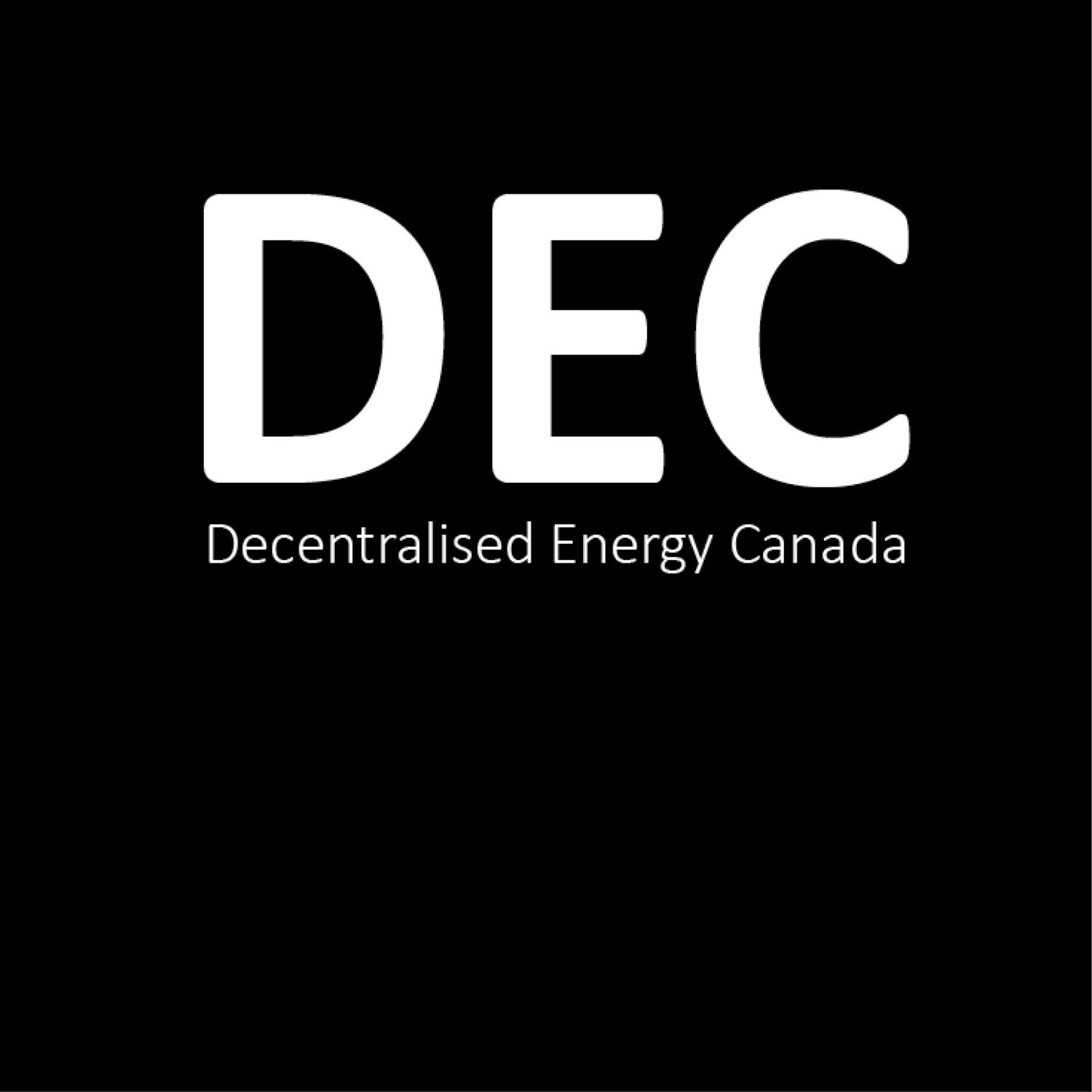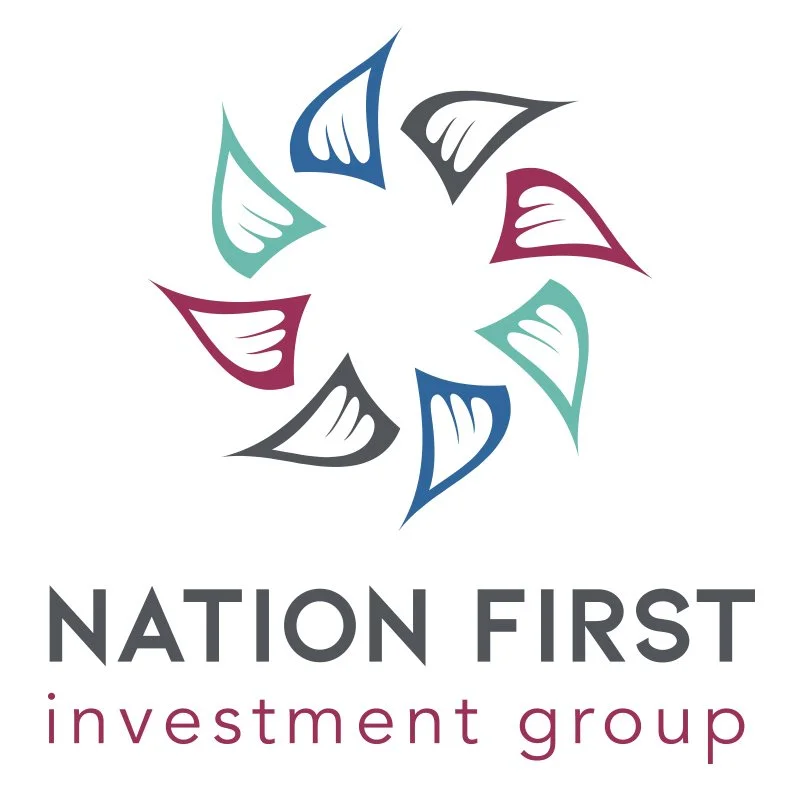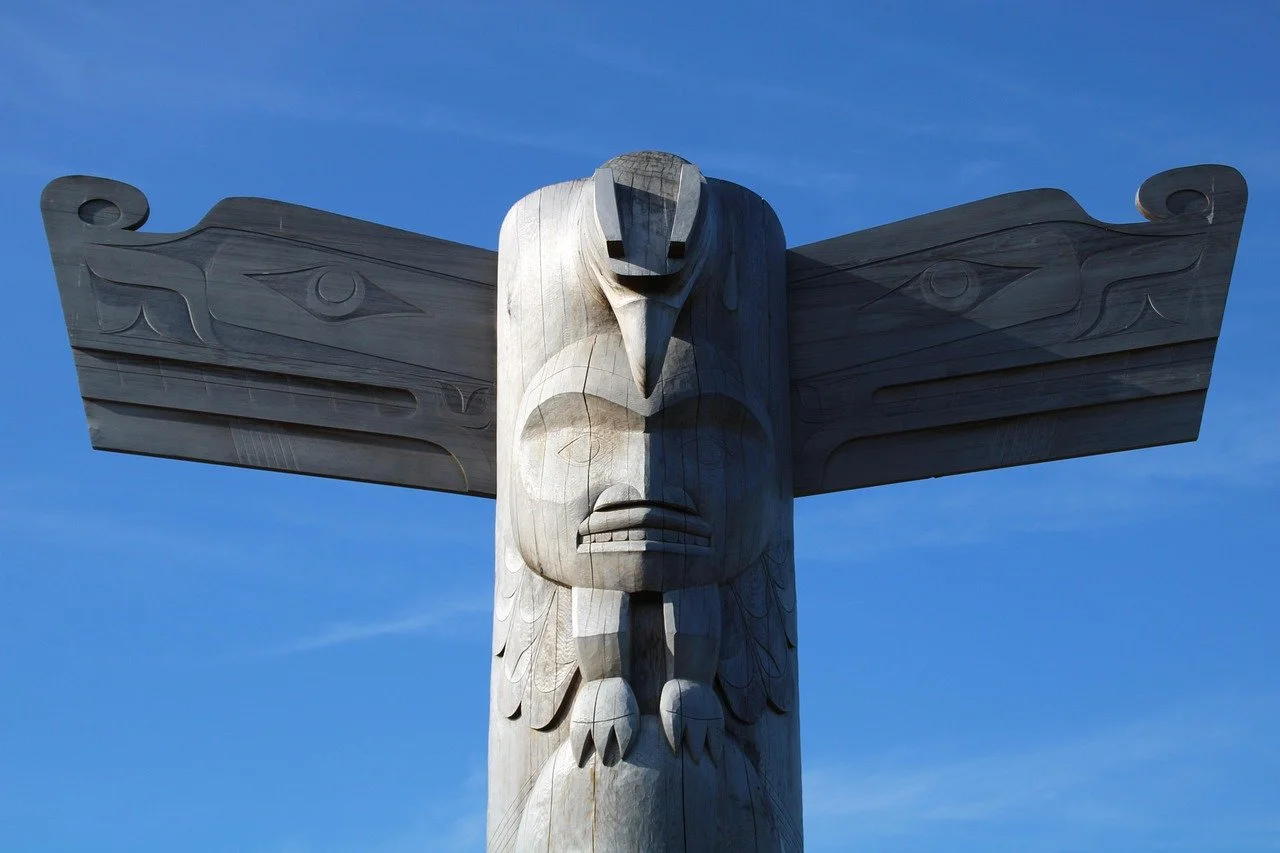From Vision to Reality: Nation First’s Role in Decentralised Energy Development
Source: Patricia Faucher | · DEC · | January, 2025
In the wake of the pandemic, a growing interest in decentralised energy solutions has transformed how communities, particularly rural and Indigenous Nations, approach infrastructure development. This shift led to the creation of Nation First Project Alliance, an organisation dedicated to addressing challenges such as limited access to funding, regulatory constraints, and the complexities of rural energy distribution. DEC sat down with Jonathan Baynes of Nation First to discuss their mission, projects, and the transformative impact of Indigenous-led initiatives on reshaping Canada’s energy infrastructure landscape.
Rural and remote energy accessibility, reliability and affordability is enabled by decentralised energy solutions that leverage locally available resources.
Starting with some background- how did Nation First Project Alliance come about?
A lot of our project partners have stopped using public funding programs. As we went through various programs, time and again, we found that those evaluating the applications did not understand the technologies needed to implement an actual solution. When innovating in energy solutions we need a high level of flexibility to integrate various technologies and sources of baseload power to actually arrive at a workable project and solution. The funding rules generally do not allow for this. Unfortunately, government funding often creates more barriers to innovation, instead of facilitating workable solutions that use a range of existing and new baseload power (e.g., natural gas - geothermal hybrid solutions that create hydrogen as one of several offtakes).
Funding programs are often compromised by the segregation of energy sources that are targeted in each program (hydrocarbons versus renewables, versus hydrogen or nuclear etc.). Further, these programs do not value the level of innovation required for the energy delivery infrastructure. At Nation First, our focus is on the distribution of energy as the aged electricity grid is a large part of the problem. Accessing capital is difficult for decentralised energy solutions that rely on multiple sources of energy and grid optimisation innovations. Nation First Project Alliance addresses this gap.
Nation First works hard to de-risk every project, ensuring that, despite the challenging tax environment, we promote robust projects within a strong regulatory framework, providing reassurance to investors.
What are the biggest hurdles for Indigenous Nations, and rural communities trying to attract investment for large infrastructure projects?
Risk. Even though most of our projects utilise existing and proven technology, the project is still perceived as high risk as the technologies have often not been integrated in a project the way we are proposing.
There is a lot of publicity around large amounts of money being allocated to Indigenous Nations, however, there is very little funding actually reaching our communities. While public funding programs may have good intentions, fund administration can compromise the quality and impact of their programs.
Support for 'high risk' projects is the goal of most public funding programs yet the funding mechanisms are often too restrictive to accommodate these risks. For example, we haven’t found a funding program that supports integrated solutions such as a solar-powered hydrogen storage project or a hybrid geothermal and gas project. When seeking private capital, Canadian investors want to see government funding in these projects, as a sign to invest, leaving us stuck between a rock and a hard place.
It’s important to note that the level of pre-feasibility and project viability required upfront is prohibitive for most local communities and finding funding for these stages of project development is difficult.
Remote and rural projects are a challenge. Building out traditional power infrastructure to serve these locations makes many projects that would otherwise benefit the First Nations unfeasible. Rural and remote energy accessibility, reliability and affordability is enabled by decentralised energy solutions that leverage locally available resources.
Indigenous Nations under the Indian Act do not have the level of sovereignty over their lands needed to access significant capital for investment. While this may have been intended to protect Indigenous Nations, the restriction is not helpful. For instance, Indigenous Nations cannot buy, sell, or use their land to leverage funding outside of a lease, which they would offer as collateral for such projects. Nation First is working hard to remove this barrier.
The traditional electricity grid faces significant challenges. It is not efficient and it is costly to service remote areas. Our current utility business models are not yet capable of optimising the two way flow of electricity and retail business models are too outdated to value locally generated energy. The surging power demands for large loads such as data centers will create even greater problems for rural and remote communities.
We have a number of success stories in fostering business partnerships with Indigenous Nations, supporting economic development, and working with Indigenous individuals. We helped set up joint ventures and partnership structures to mitigate liability from Indigenous Nation governments and to maximise revenue with critical infrastructure partners.
What role does Nation First play in indigenous projects?
Nation First builds partnerships and does not directly operate the businesses. We are a Project Leader and Investment Broker. Currently, we are involved in a new corporation, Kanatan Water Inc., which is a wholly indigenous-owned company that treats water from fracking and ensures the water consumed during this process is cut in half, with treated water being used for irrigation and fire prevention. We are supporting the roll-out of a number of geothermal projects, as well as a partnership that will enable Indigenous Nations to be their own telecoms provider on their lands. Our projects are mainly located in Alberta and BC at the moment. We are also developing a partnership to clean up the soil from abandoned oil wells that are permeating the water tables and poisoning remote populations.
We deeply believe that every nation has been given gifts and perspectives that need to be protected, celebrated, and sustained for future generations.
- Jonathan Baynes
Is there a story that stands out for you?
We have a number of success stories in fostering business partnerships with Indigenous Nations, supporting economic development, and working with Indigenous individuals. We helped set up joint ventures and partnership structures to mitigate liability from Indigenous Nation governments and to maximise revenue with critical infrastructure partners. Our leaders have helped build indigenous companies to support the many infrastructure projects with Rio Tinto in Northern BC, developed partnerships in property development and tourism in the Okanagan, and created a new water treatment company. A lot of our work and projects are confidential and delivered through our partners. We are the project lead and facilitators in these projects.
What is your value proposition to Indigenous communities and band-owned companies?
Our services often include negotiation strategy, capacity building and planning, economic development planning, financial modelling, representation of Indigenous Nations during negotiations, new business incubation, leadership development and coaching, and supporting high-level presentations to get projects off the ground.
Sustainability is obviously a large focal point for Nation First. How do you ensure your projects have a positive impact on the environment and local communities?
We are stewards and guardians of the earth and this is our primary purpose as humanity. In a sense, we are all involved in the “Eden project” and share these values deeply with Indigenous Nations. We deeply believe that every nation has been given gifts and perspectives that need to be protected, celebrated, and sustained for future generations. Nation First has been called into very challenging political environments and has had to renegotiate historically unfavourable deals that were not in the Nation's best interests. The “Nation” in Nation First is whatever nation you happen to be in. Instead of trying to fix the entire earth through global strategies, our emphasis is that if every nation took responsibility for the land they have been given, the world would be a better and more beautiful place. We talk a lot about boundaries, responsibility, stewardship, sovereignty, respect, the sacred, and leaders as the guardians.
The “Nation” in Nation First is whatever nation you happen to be in. Instead of trying to fix the entire earth through global strategies, our emphasis is that if every nation took responsibility for the land they have been given, the world would be a better and more beautiful place.
- Jonathan Baynes
Private sector partnerships seem key to your work. How do they fit into the picture, and what industries are most interested in working with you?
Partnerships play a critical role, as they do with everyone else. Nation First focuses on international investors because of the lack of liquid and ready Canadian investors. Many Canadian brokers are presenting themselves as investors, but don't actually have investment-ready funds. Our investors are excited about the innovation that comes from Canada, and a track record of overcoming over-regulation and bureaucratic hurdles. “If it works in Canada it will work anywhere.”
Nation First works hard to de-risk every project, ensuring that, despite the challenging tax environment, we promote robust projects within a strong regulatory framework, providing reassurance to investors. Investors are generally interested in Canadian innovation but often aim to export their technology to larger, faster-growing international markets like India and Africa. Investors are also interested in Canadian manufacturing capabilities, technology, and energy-related solutions like geothermal and hydrogen.
Every organisation faces challenges. What are the top three for Nation First?
Access to capital.
Overcoming the reliance on government funding.
Demonstrating to investors that our projects are investible.
Looking ahead, what are Nation First’s goals for the next five years?
We would like to develop a fund to support more greenfield projects that integrate multiple technologies and position ourselves as the go-to Project Partner and leader.
Finally, what drew you to join DEC?
I think it’s important to support the work that DEC does to help with advocacy for decentralised energy projects because the decentralised energy model is very important, for everyone. We’d also like to build relationships with a broad range of people across the energy ecosystem, and of course, for the networking opportunities that DEC provides.
Nation First works hard to de-risk every project, ensuring that, despite the challenging tax environment, we promote robust projects within a strong regulatory framework, providing reassurance to investors.
- Jonathan Baynes






